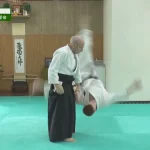[Monthly column] Worldwide Koryu Dojo Report Vol. 30 Ono-ha itto-ryu & Daito-ryu Aikijujutsu (Kodokai) in Los Angeles, California, USA
Interview and text by Grigoris Miliaresis
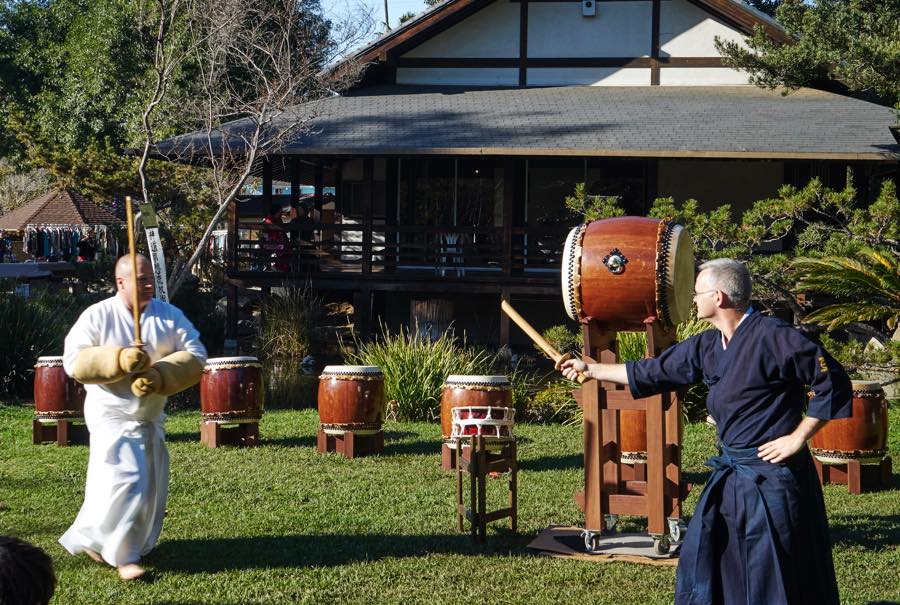
The 30th part of the Worldwide Koryu Dojo Report visits the Nichigetsukan, a dojo in Los Angeles, California, whose instructor, Nathan Scott is a personal acquaintance from Ono-ha Itto-ryu. Mr. Scott has been practicing martial arts for over 40 years and has been affiliated with Ono-ha Itto-ryu for 12 years and Daito-ryu Aikijujutsu (Kodokai) for 27.
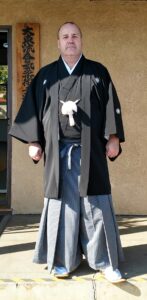
Nathan Scott
Name: Nichigetsukan
Location: Los Angeles, California USA
Foundation year: 2005
Arts practiced: Ono-ha Itto-ryu (OHIR) & Daito-ryu Aikijujutsu (Kodokai)
Local affiliation: Ono-ha Itto-ryu USA Branch & Kodokai North American Headquarters
Japan affiliation (instructor/organization): OHIR Reigakudo Foundation & Kodokai SoHonbu
Instructor’s name: Nathan Scott
Instructor’s credentials/grades: Ono-ha Itto-ryu USA Branch Director (Shibucho), Odachi Ninsho-jo Certification & Shidosha Instructor’s License; Daito-ryu Aikijujutsu Kodokai Okugi Sandan; Toyama-ryu Battojutsu 6th dan & Kyoshi License; Aikido 5th dan & Kyoshi License; Tendo-ryu Naginatajutsu (Shingetsukai); Atarashii Naginata 3rd dan.
Number of members: OHIR, 10, Kodokai, 10
Members advanced/beginners ratio: OHIR, 5/5, Kodokai, 5/5
Days of practice/week: Twice a week for both arts
Websites: https://nichigetsukai.org http://www.ittoryu.org/
1) When and how did you get involved with the classical art(s) you practice?
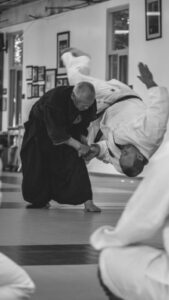
Kiyama Hayawo, Shihan
I began training in Judo and Aikido in 1980. The more I researched and learned about Japanese martial arts, the more I became fascinated by the teachings and sophistication of the classical arts. The ones I eventually settled into ended up following the pattern of “ju-ken”, or, the unified study of jujutsu and kenjutsu. In 2011 I was accepted into the Reigakudo Dojo of Ono-ha Itto-ryu 17th Soke, Sasamori Takemi, and in 1996 I began training in Daito-ryu Aikijujutsu Kodokai under the North American Headquarters Chief Instructor, Kiyama Hayawo, Shihan.
2) How widespread in your country are the classical martial art you practice and the classical arts in general?
The classical arts are spreading slowly here, as they should. The Ono-ha itto-ryu USA Branch is based out of the Nichigetsukan here in Los Angeles, and we are just beginning to expand under the authority of the 18th Soke Yabuki Yuji, Doshu. For Ono-ha Itto-ryu there are currently two authorized keikojo on the west coast, and one on the east coast. The Kodokai in America currently consists of a handful of dojo located in California, with the North American Headquarters (Hokubei Honbu) based out of San Luis Obispo.
3) Do you and the members of your group travel to Japan to practice?
Yes, aside from the recent pandemic travel restrictions, I generally stay in Japan one month out of each year, and have been doing so consistently since 2000. Members are invited and encouraged to join in on any part of these trips, or, to arrange for their own visits. About half of our members in both arts have travelled to Japan at least once to train with the 17th and 18th headmasters of Ono-ha Itto-ryu, and/or the 2nd headmaster of Kodokai.
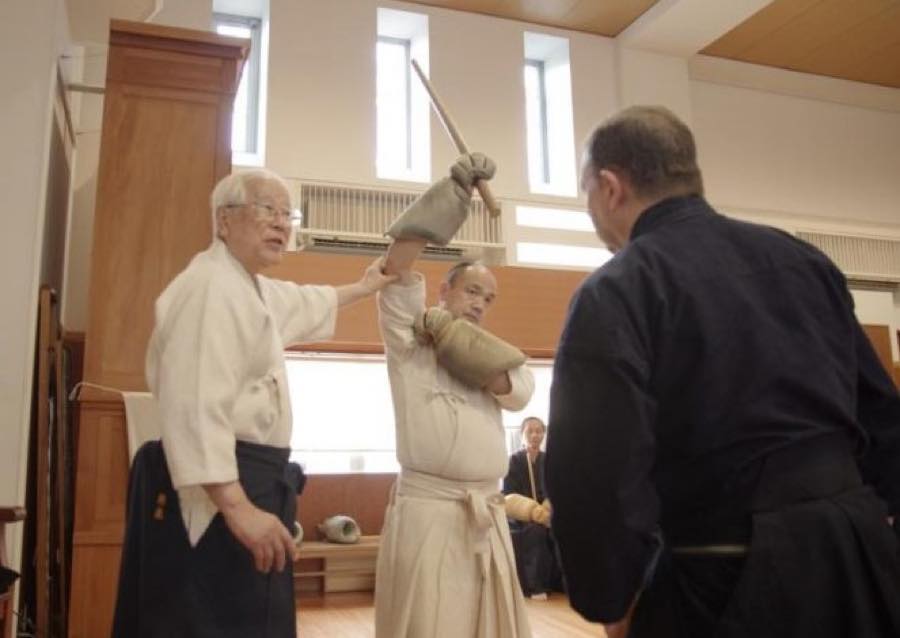
(From left to right) Ono-ha itto-ryu 17th Soke, Sasamori Takemi, 18th Soke, Yabuki Yuji, Nathan Scott
4) What is the biggest difficulty in practicing classical martial arts?
In America the emphasis in martial arts has strongly shifted toward modern competitive arts, and arts that offer classes for children. Classical arts generally focus on teen to adult education, with an emphasis on combatives, history, culture, philosophy and esoteric teachings. This means that for some, these arts are what they’ve been looking for their whole lives, while for others, the attraction to other endeavors that offer instant gratification may be stronger. Effectively conveying the benefits that result from classical studies to those who haven’t experienced them is difficult.
5) What is the difference between practicing classical and modern Japanese martial arts?
Both are enjoyable and beneficial, but personally I found deeper teachings and higher levels of technical sophistication in the classical arts. And for those who consider themselves life-long students of learning, such an opportunity is quite attractive. For senior exponents and instructors who wish to continue studying and polishing their Way, the classical arts offer a bottomless opportunity to do so. I have found the modern arts to be excellent gateways into the classical arts for those who are suited.
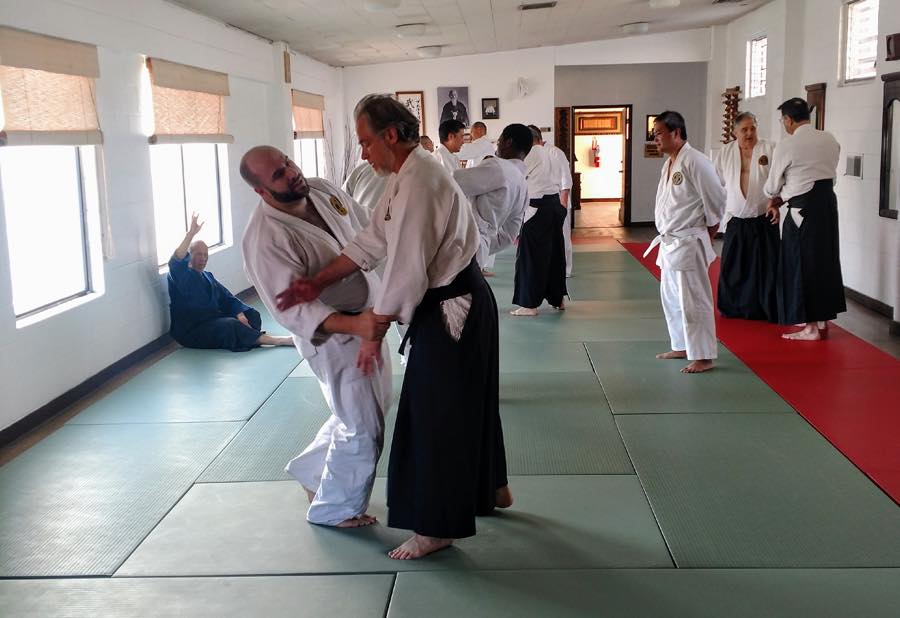
Daito-ryu Aikijujutsu Kodokai practice
6) What is your art(s)’ strongest characteristic, historically or technically?
Both arts have very old roots, and have had opportunities to become highly developed. Ono-ha Itto-ryu is a school of strategy (hyoho), taught within the context of swordsmanship (kenjutsu). The technical curriculum is very comprehensive, and features pre-Edo period long sword (cho-odachi), Edo period long sword (odachi) and short sword (kodachi), with training in both kenjutsu and battojutsu. Kodokai is a line of Daito-ryu that features advanced level jujutsu and aiki techniques, taught from standing, sitting and supine, and applied from both empty hand and through traditional weapons. Both arts are also somewhat unique in that they include tactics against multiple attackers.
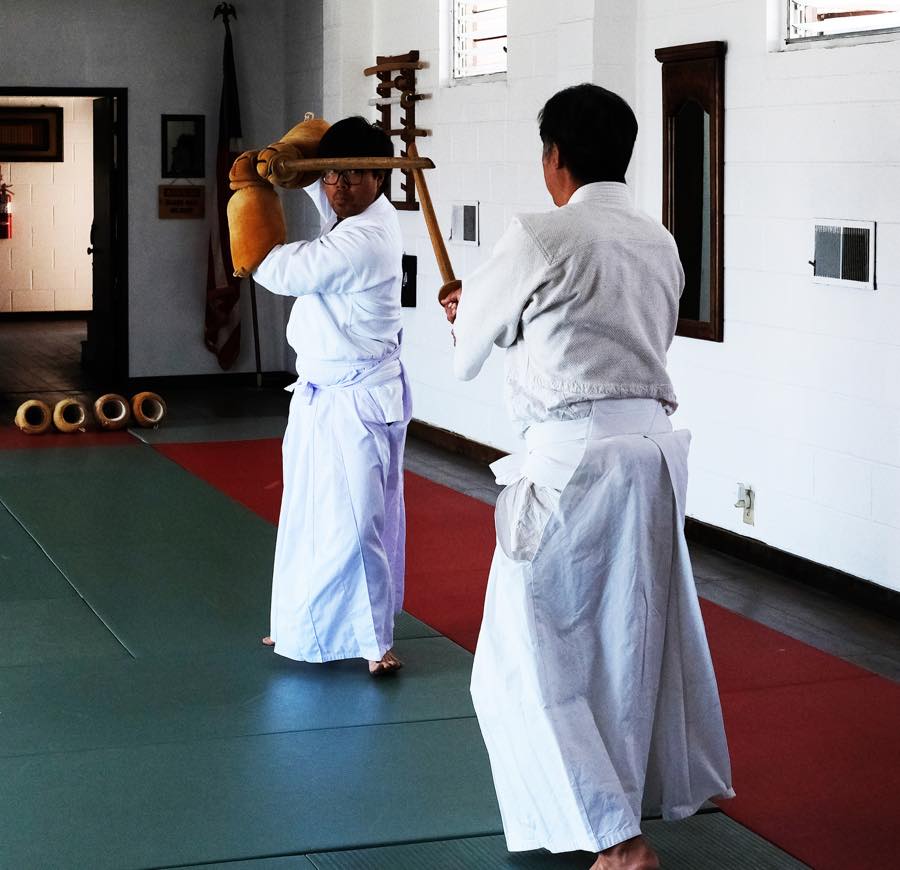
Ono-ha Itto-ryu practice
7) What is the benefit of practicing classical Japanese martial arts in the 21st century -especially for someone who isn’t Japanese?
Martial arts teach patience, diligence, confidence, leadership, self-defense skills, physical education, social skills, etc. But I view the classical arts as sort of the university level of martial arts, offering a higher level of education in varied areas. Understanding the cultural and historical context of the arts allows for correct adaptation to modern applications. Strategy and tactics, for example, are universal and timeless. Personally, I’ve used the teachings of both arts quite successfully in my professional life, as have many in the military, law enforcement and security fields.
8) Is there a Japanese community in your city? Do you have any connections to them and to other aspects of Japanese culture?
There is, and we sometimes interact with various Japanese cultural groups here. However, the Nichigetsukan also includes historical and cultural education as part of our mission, much of which we open up to the community. We host a number of annual seasonal events, which carry our members from the past year into the New Year together. These include an end-of-year dojo cleaning (o-soji), rice pounding (mochi-tsuki), mirror-opening (kagami-biraki) and 3×3=9 ceremony (sansankudo). Experiencing such cultural events has proven to bond our membership together, build tolerance and understanding, and enrich our lives.
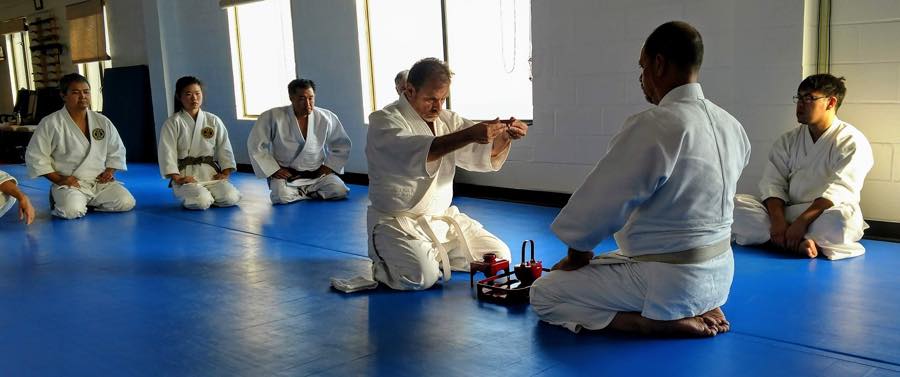
3×3=9 ceremony (sansankudo)







